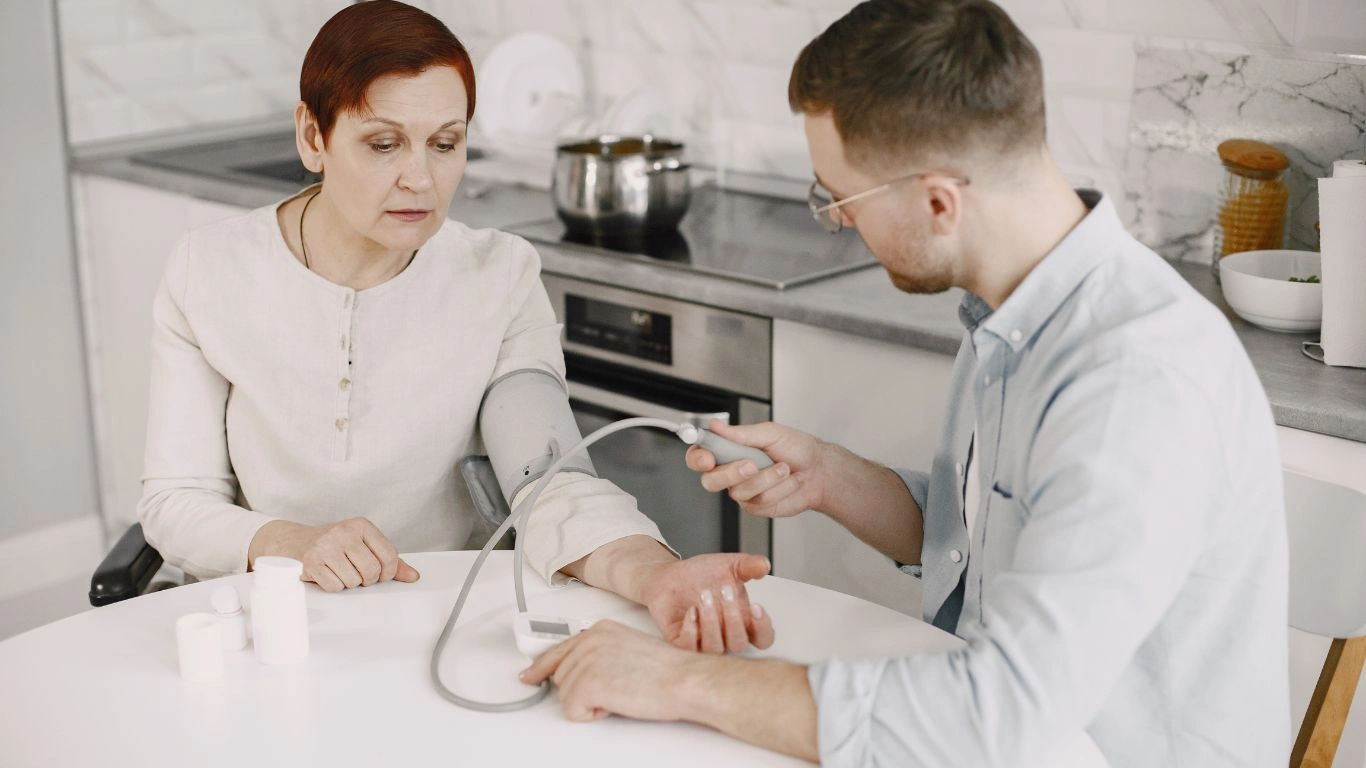Life-Changing Daily Habits to Lower BP Naturally Fast
When it comes to daily habits to lower BP naturally, most of my patients expect some big, overwhelming life overhaul. But here’s the truth I’ve seen time and again in my practice as an internal medicine physician—especially managing hypertension—it’s the little things that often make the biggest difference. You don’t need a drastic juice cleanse or a 10-mile morning jog. What you need is consistency, and a few smart, sustainable tweaks to your daily routine. Let me walk you through some of the habits I’ve seen work wonders, not just in research, but in real lives—my patients, and yes, even in my own family.
Start Your Morning Right

1. Hydrate First Thing
One of the simplest things I recommend to patients? Drink water the moment you wake up. Overnight, your body becomes dehydrated, and even mild dehydration can raise blood pressure. I tell my patients to keep a glass of water by the bed and make it a non-negotiable first step of the day.
2. Ditch the Morning News Scroll (and Do This Instead)
Stress spikes blood pressure—no surprise there. What is surprising is how many people start their day doom-scrolling through stressful headlines. I used to do the same until I realized how jittery it made me. Now, I suggest a short breathing exercise or 5-minute walk outside before anything else. It sets a calm tone and supports vascular health.
3. Don’t Skip Breakfast—Just Rethink It
That classic donut-and-coffee combo? Not helping. High-sugar, high-sodium breakfasts lead to mid-morning crashes and elevated BP. I usually recommend a breakfast that includes:
- Oats: Full of fiber, which supports heart health
- Bananas: High in potassium, which helps balance sodium
- Boiled eggs or avocado: Healthy fats and protein to keep you full
It’s not about perfection—it’s about building a routine that supports your goals, without making you miserable.
Move Your Body (Even a Little Bit)
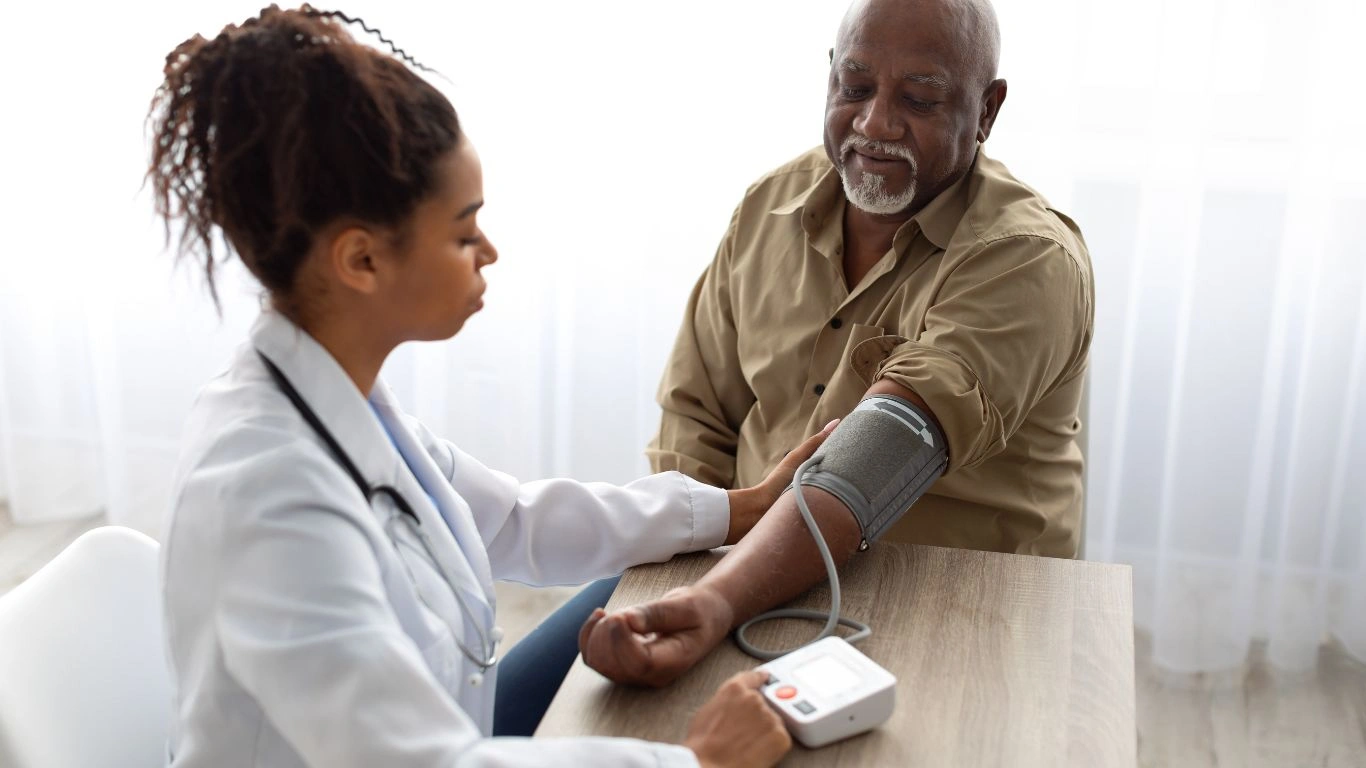
1. Exercise Doesn’t Have to Be a Sweat Fest
You don’t need to train like an athlete to lower your BP. I always emphasize this: 20-30 minutes of moderate movement most days can significantly improve cardiovascular health. Walking is underrated! In fact, I often recommend walking meetings—less sitting, more steps, and you’re still productive.
2. Habit Stacking Helps
This trick has helped many of my busy patients. Attach a new healthy habit to an existing one. For example, while your coffee brews, do a quick 5-minute stretch. Or take the stairs every time you check your emails on your phone (yes, really—it works!).
Watch What You’re Sipping On

1. Cut Back on Hidden Sodium Sources
When we think of salty foods, chips and fries come to mind. But I’ve found that sodium sneaks into your diet through sauces, soups, and even “healthy” frozen meals. Always read labels—and aim for under 1500 mg of sodium per day if you’re trying to reduce BP naturally. A good rule: if it’s in a box or bag, it’s probably got more salt than you think.
2. Herbal Teas Can Be a Game Changer
I’ve grown fond of hibiscus tea—not just for its floral flavor, but because studies have shown it can help lower BP. I recommend switching your afternoon coffee for a calming herbal blend. Chamomile and green tea also support cardiovascular health without the caffeine spike.
3. Alcohol—Let’s Be Real
Moderation is key. While a glass of red wine now and then may have some benefits, regular drinking raises BP in the long run. Many of my patients saw improvement just by cutting back from nightly drinks to once or twice a week. It’s one of those quiet changes that has a big impact.
Rethink Your Relationship With Salt and Seasonings

1. Salt Isn’t the Only Flavor
One thing I always tell my patients is that flavor doesn’t have to come from salt. In fact, a lot of my own meals have evolved into colorful, herb-packed dishes that are surprisingly satisfying without a single shake of the salt shaker. I often recommend experimenting with these seasonings:
- Smoked paprika – gives a rich, almost meaty flavor to veggies
- Garlic and onion powder – they bring boldness without sodium
- Lemon zest and juice – brightens up roasted or grilled foods
It’s not about deprivation—it’s about redefining what delicious tastes like.
2. Try Batch Cooking With a Twist
Meal prep doesn’t have to be boring. I often prep a few sodium-smart proteins like grilled chicken, lentils, or salmon, then rotate flavors throughout the week with different spice blends. It keeps things fresh and keeps your blood pressure in check. Bonus: you’re less likely to reach for high-sodium takeout when a flavorful homemade option is just a microwave away.
Daily Habits to Lower BP Naturally Through Stress Control
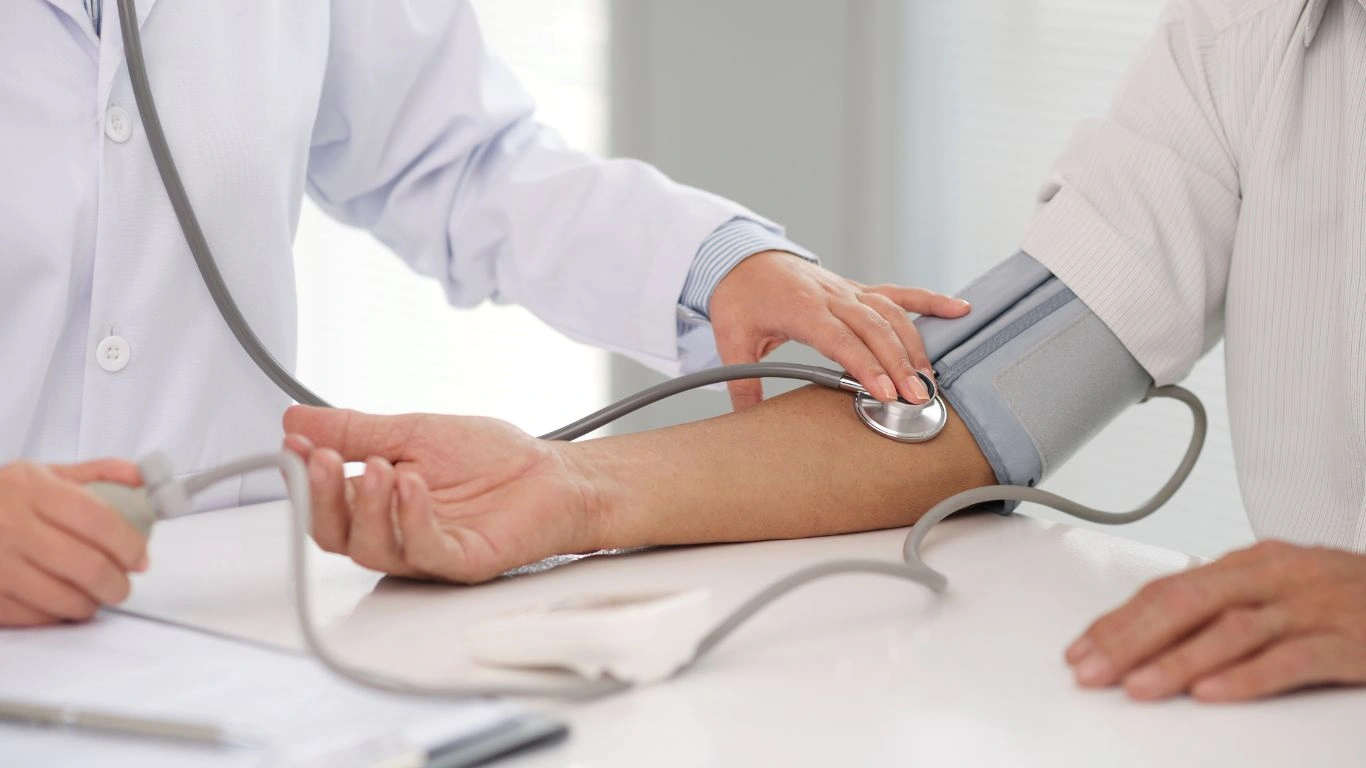
1. Mindfulness Isn’t Just a Buzzword
Stress management is huge when it comes to naturally reducing blood pressure. I’ve seen patients bring down their systolic numbers significantly just by integrating short, mindful breaks into their day. My go-to technique? Simple, guided breathing using the 4-7-8 method. Inhale for 4, hold for 7, exhale for 8. Repeat four times. That’s it.
Even five minutes of quiet can reset your nervous system. Some of my patients use apps, but others prefer just closing the office door and focusing on the sound of their breath. It doesn’t have to be complicated to work.
2. Build in “White Space”
I used to overpack my schedule, thinking productivity equaled success. But what I found—burnout and creeping blood pressure—taught me otherwise. Now, I build in what I call “white space” every day. That’s intentional time with no appointments, no goals, no phone. Even 15 minutes of nothing can help recalibrate your system.
Healthy Sleep: The Underrated BP Regulator
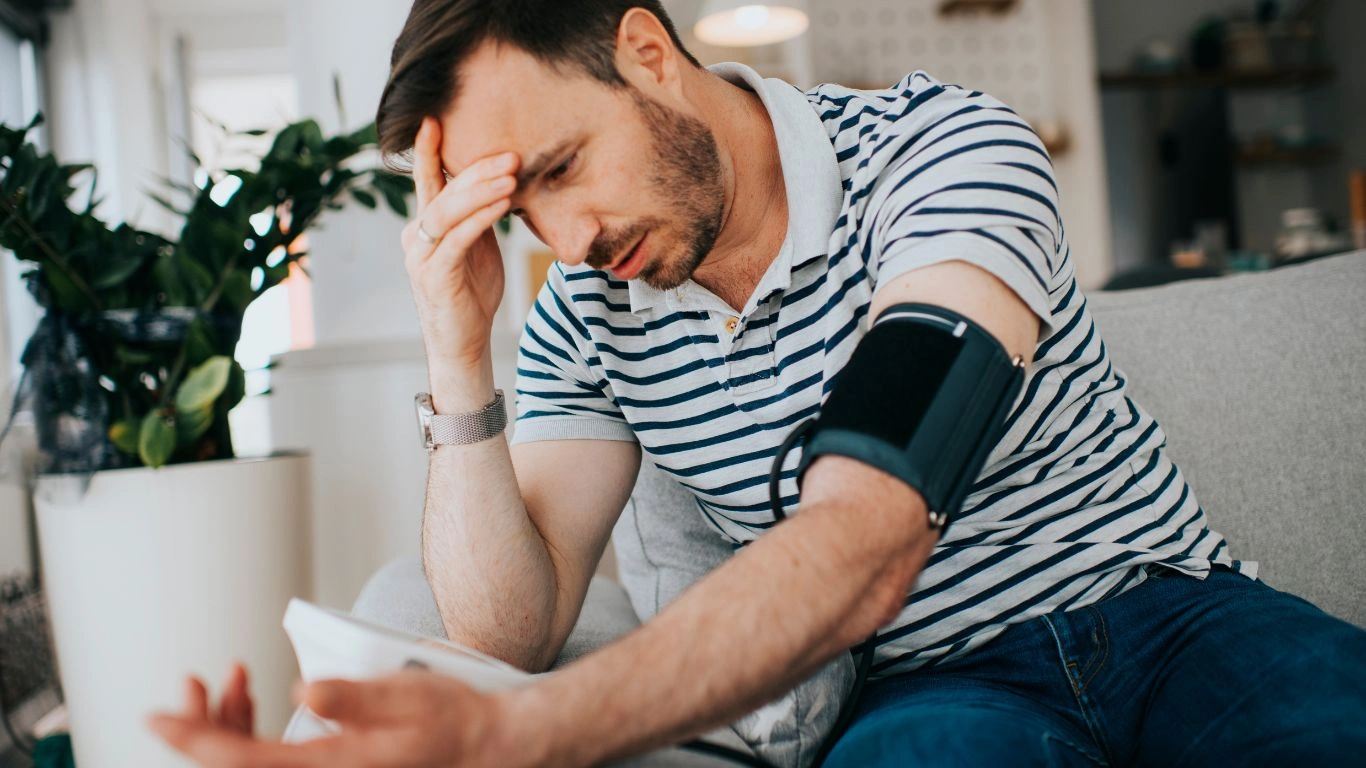
1. Quality Sleep Over Quantity
One thing I often notice with patients struggling with hypertension? Poor sleep. Not just short sleep, but low-quality sleep. The kind where you toss, turn, and wake up groggy. High blood pressure loves that kind of chaos. Aim for 7–9 hours, yes, but focus on making those hours count.
2. Create a BP-Friendly Sleep Routine
Here’s a nighttime routine I often share—borrowed from what finally worked for me during residency (read: stress levels were off the charts):
- Shut off screens at least 30 minutes before bed
- Use dim, warm lighting (blue light disrupts melatonin)
- Try a calming scent—lavender or chamomile
- Journal 3 things you’re grateful for—this can reduce nighttime rumination
One of my patients told me she thought this sounded too “woo,” but after trying it for a week, her sleep improved—and so did her blood pressure. Science backs it up, and honestly, so do the real-life stories I hear every week.
Check-In With Your Body and Your Doctor
1. Don’t Rely Only on the Cuff at the Clinic
This one’s close to home. I can’t count the times patients have seen “white coat hypertension”—when BP spikes in the office due to anxiety. I always recommend home monitoring, and not just when you feel off. Get a good-quality cuff and check at the same time daily, ideally morning and evening. Track the trends, not just the spikes.
2. Partner With Your Physician, Not Just a Prescription
I know it might sound odd coming from a doctor, but I’ll say it anyway: meds aren’t the only answer. In fact, the best outcomes come when patients use lifestyle changes alongside medication—if they need it at all. We love seeing someone wean off a low-dose med after sticking with healthier habits. It’s possible. It happens. And it starts with small, daily choices.
Eat With Intention, Not Just Out of Habit
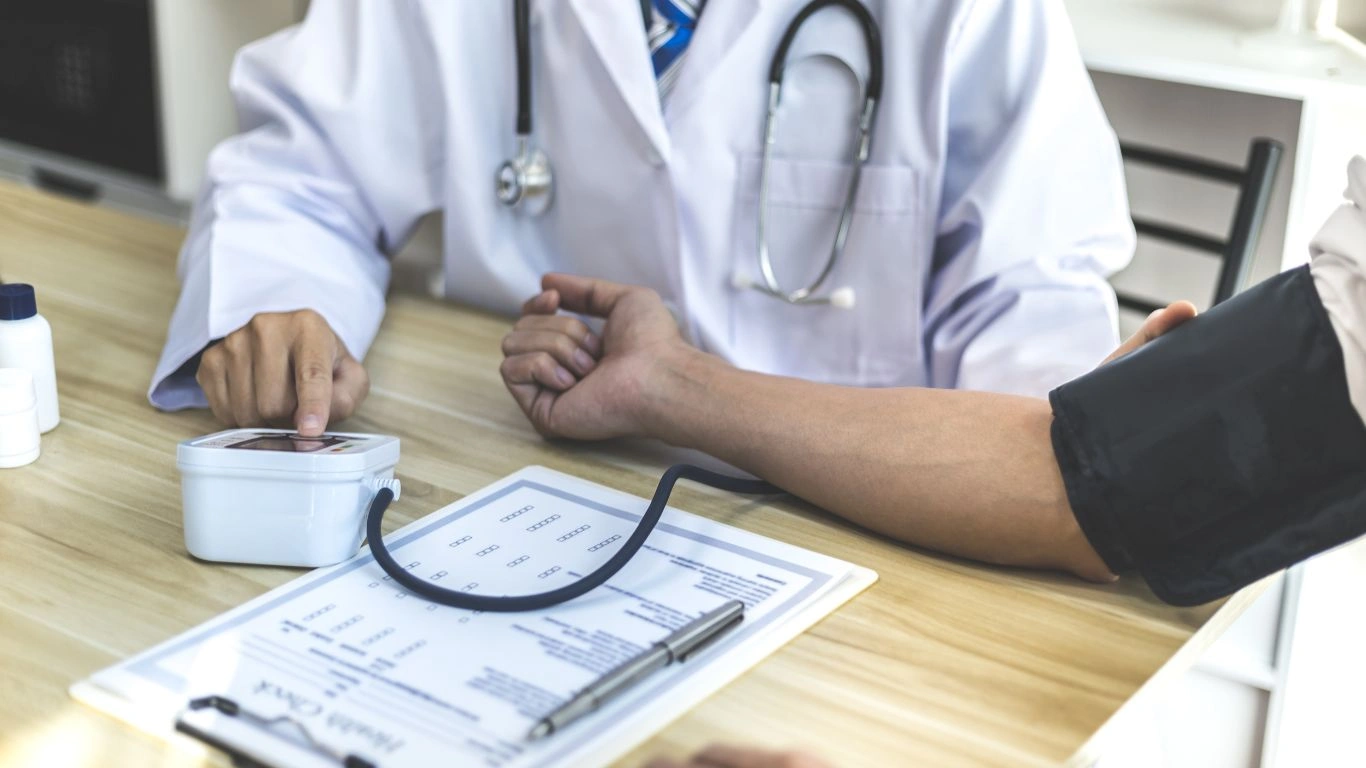
1. Fiber is Your Friend
In my clinic, when we talk about food and daily habits to lower BP naturally, one nutrient always comes up: fiber. Most people don’t get nearly enough, yet it’s one of the easiest ways to improve both heart and gut health. I like to tell my patients, “If it came from the ground and still looks like it did, you’re probably doing something right.” Think beans, lentils, leafy greens, berries, and whole grains like quinoa and oats.
One of my favorite tricks? I toss a handful of chia seeds into my morning smoothie. Not only do they add a fiber boost, but they help keep me full, which prevents unnecessary snacking later. Small move, big result.
2. Potassium-Packed Foods to the Rescue
This mineral helps offset sodium’s effects on your blood pressure, and yet, it’s surprisingly under-discussed outside of clinics. I usually recommend foods like:
- Sweet potatoes
- Spinach
- Bananas (classic!)
- Avocados
- White beans
These foods naturally support BP balance—no fancy supplements needed. It’s real food, real impact.
Social Connections and Emotional Health
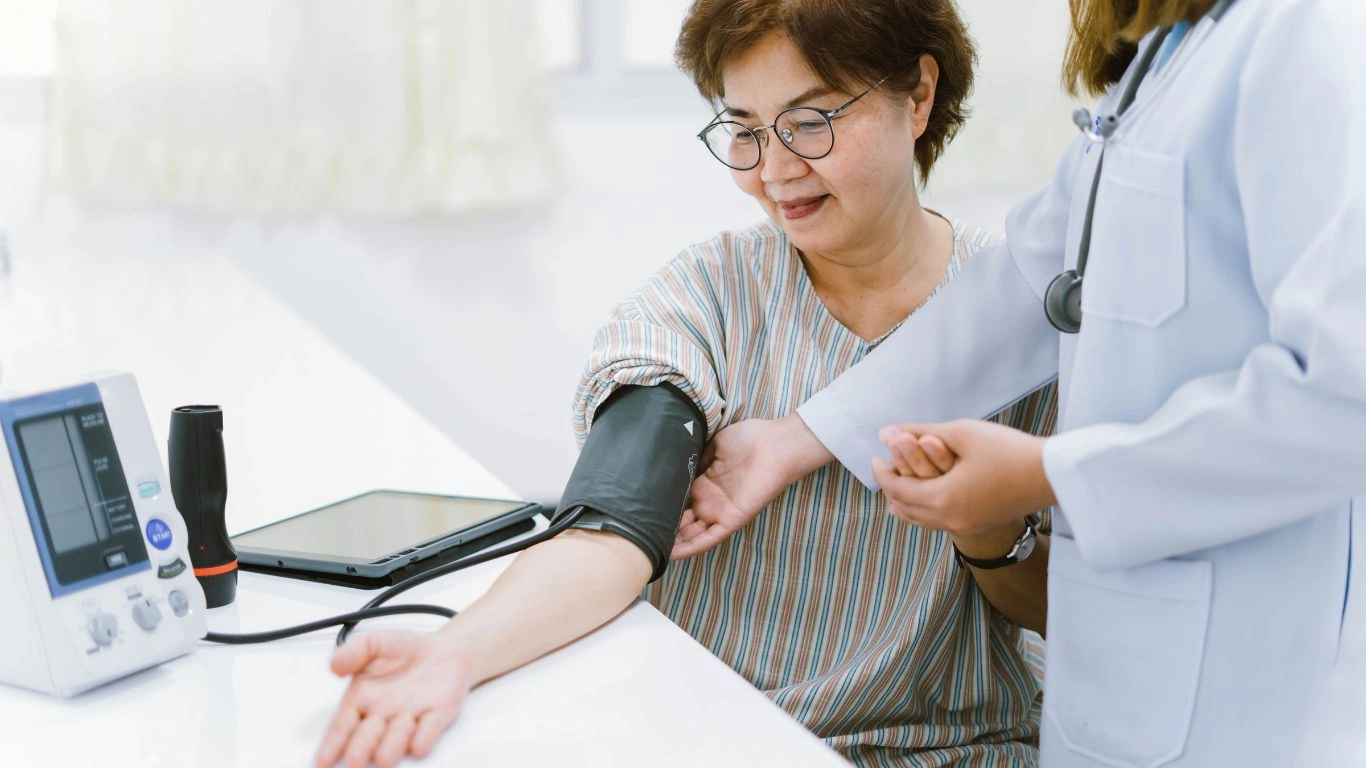
1. Don’t Underestimate the Power of Connection
Here’s something I’ve noticed as a physician over the years: isolation doesn’t just affect mood—it affects your blood pressure. Patients who stay socially connected, even through simple weekly phone calls or walking dates with a friend, tend to have better health outcomes overall. And I’ve experienced this myself. During the height of my own stress, just having regular chats with my sister made a measurable difference—not just in my mindset, but in my BP readings too.
2. Laugh More, Seriously
This one might sound silly, but studies actually support it: laughter reduces blood pressure. Whether it’s a goofy pet video or a comedy night with friends, make room for more joy. Emotional wellness translates directly to physical wellness—especially when we’re talking about your heart.
Consistency Is More Important Than Perfection
1. Progress Over Perfection
One of the biggest roadblocks I see? People give up when they can’t do everything “right.” Look, I get it—life happens. You travel, you get busy, your kid gets sick, the dog eats your meal prep (it happens). But the trick is to keep coming back. Healthy habits don’t have to be perfect to work—they just need to be consistent enough to create change over time.
I often tell my patients: it’s not about overhauling your life. It’s about nudging your daily rhythm in a healthier direction. That might mean one extra veggie a day. Or five fewer minutes of screen time before bed. Tiny hinges swing big doors.
2. Celebrate the Small Wins
Did you walk an extra block today? Drink more water? Choose tea instead of soda? That matters. These micro-decisions stack up. And when you start seeing even slight improvements in your BP, it becomes motivating. I had a patient who started doing wall sits during commercial breaks. It sounded funny at first, but three months in, his numbers were better and he was stronger. Win-win.
References
- American Heart Association
- Centers for Disease Control and Prevention
- National Institutes of Health
- Mayo Clinic
- American Gastroenterological Association
Disclaimer
This article is for informational purposes only and is not intended to diagnose, treat, cure, or prevent any disease. Always consult with your physician or a qualified healthcare provider before making significant changes to your diet, exercise, or medication regimen. As a board-certified internal medicine physician, I’ve based these recommendations on both clinical experience and evidence-based guidelines, but individual needs vary. Listen to your body and partner with your healthcare team for the best outcomes.

Dr. Gwenna Aazee is a board-certified Internal Medicine Physician with a special focus on hypertension management, chronic disease prevention, and patient education. With years of experience in both clinical practice and medical writing, she’s passionate about turning evidence-based medicine into accessible, actionable advice. Through her work at Healthusias.com, Dr. Aazee empowers readers to take charge of their health with confidence and clarity. Off the clock, she enjoys deep dives into nutrition research, long walks with her rescue pup, and simplifying medical jargon one article at a time.
